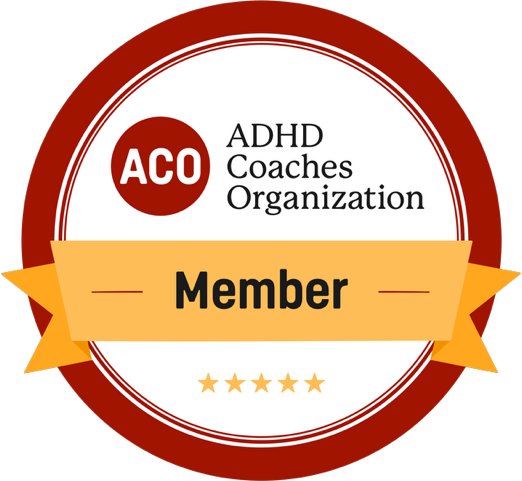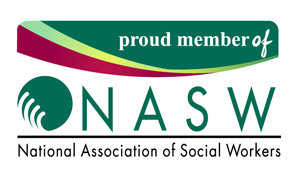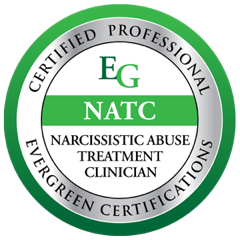Neuroplasticity: Your Brain’s Secret Superpower for Growth and Change
Did you know your brain is constantly changing, no matter how old you are? This incredible ability is called neuroplasticity, and it’s your brain’s way of adapting, rewiring, and forming new connections throughout your life. Think of it as your brain’s version of “muscle memory.” Whether you’re learning a new skill, developing healthier habits, or recovering from challenges, neuroplasticity makes it possible for you to grow and thrive, even in adulthood.
For individuals with ADHD, the concept of neuroplasticity is especially empowering. Many of us have spent years feeling stuck in patterns of procrastination, disorganization, or emotional reactivity. But thanks to neuroplasticity, those patterns aren’t permanent. By consistently engaging in new behaviors or thoughts, you can “train” your brain to form new pathways that support better focus, emotional regulation, and productivity. Yes, it takes effort and patience, but knowing that your brain is capable of change is half the battle!

So, how do you tap into the power of neuroplasticity? Start by focusing on small, consistent actions. Habits like mindfulness meditation, practicing gratitude, or setting achievable daily goals can help reinforce positive brain connections. Physical activity, particularly aerobic exercise, also boosts neuroplasticity by increasing the production of brain-derived neurotrophic factor (BDNF), a protein that supports brain health. And don’t forget the importance of sleep—rest is when your brain processes and solidifies the changes you’re working on during the day. With a bit of curiosity and commitment, you can help your brain become your biggest ally in personal growth. Remember, growth isn’t about perfection—it’s about progress. Neuroplasticity is your proof that change is always possible, no matter where you start.
Here are three questions to connect with:
- What habits or thought patterns would I like to change, and what small actions could I start with?
- How can I create opportunities for learning and growth in my daily life?
- What’s one way I can show myself grace and patience as I work to build new neural pathways?
For more coaching tips and guidance checkout my website or set up a free discovery call

















